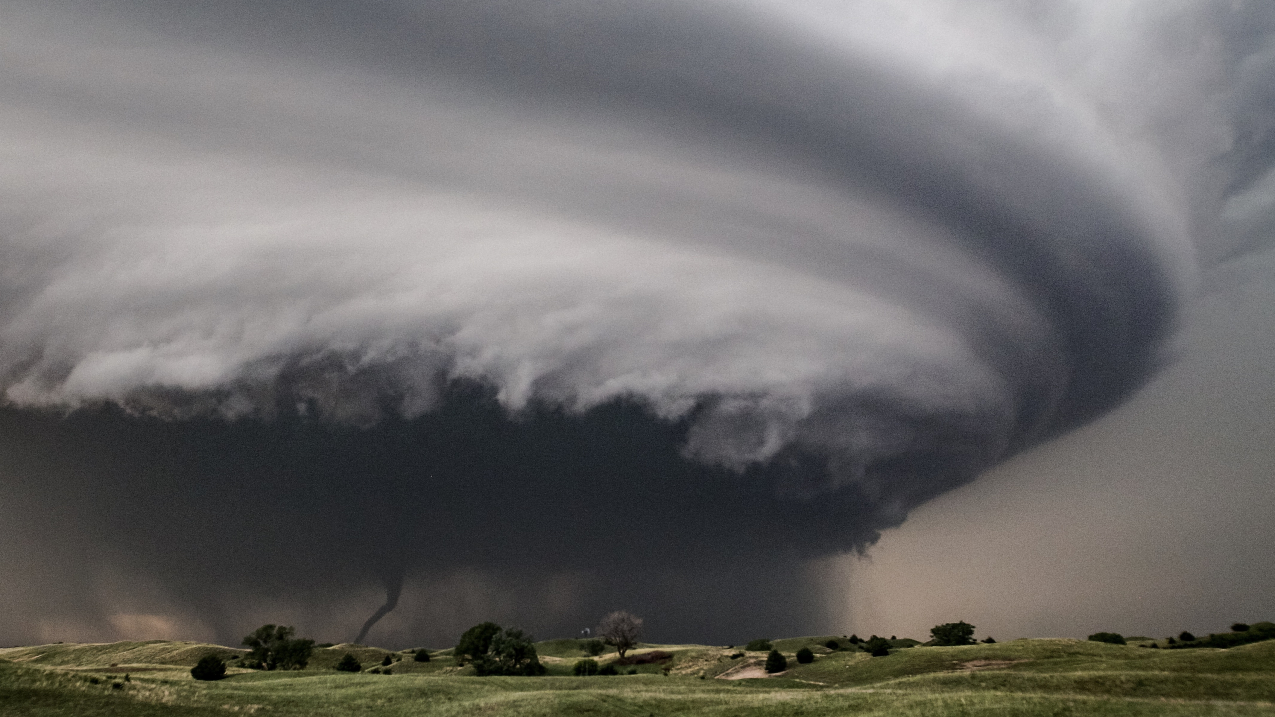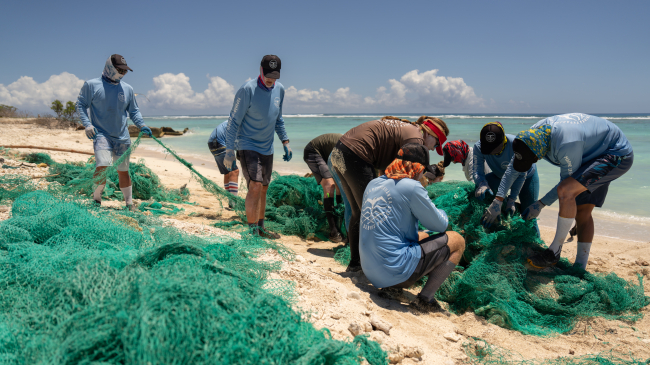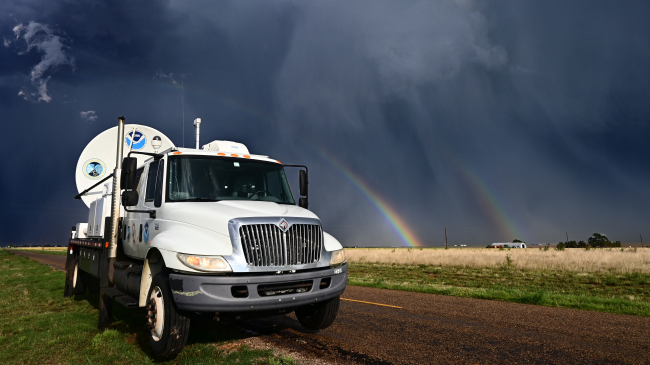
Thunderstorms in the Great Plains, such as this supercell that produced a tornado near Burwell, Nebraska, June 16, 2014, are different from storms in the southeastern United States. That's why this spring (2017), NOAA scientists and partners are deploying instruments near Huntsville, Alabama, as part of the VORTEX-SE research project. (Image credit: Courtesy of Gabe Garfield)




